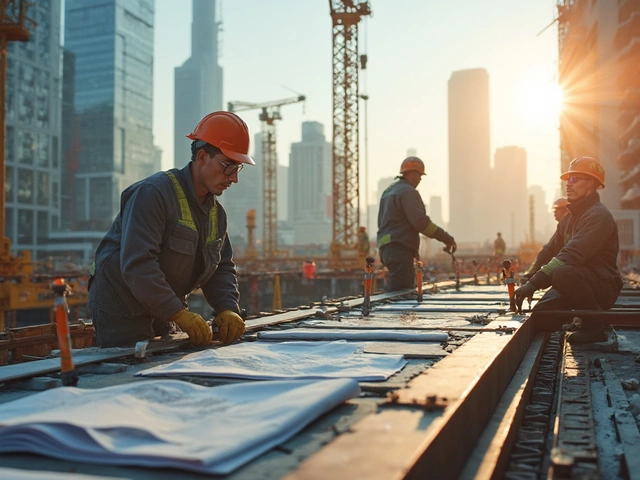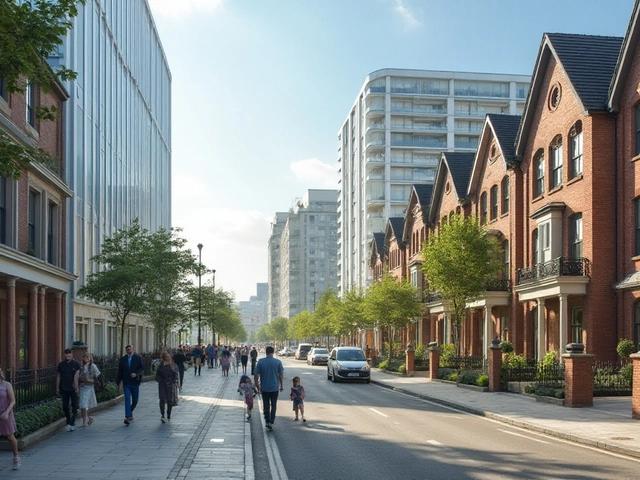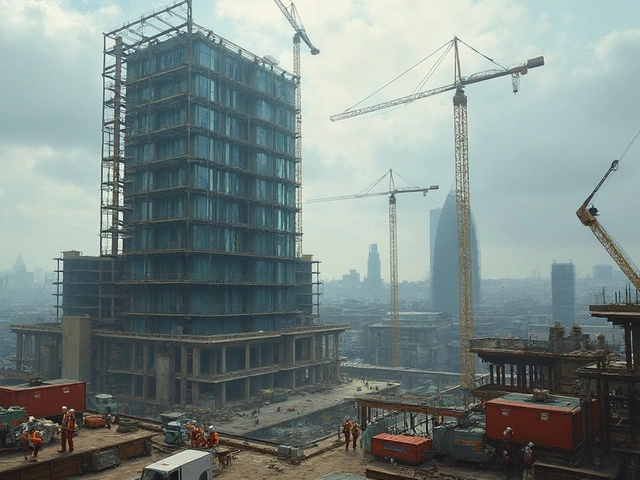Major Differences Between Residential and Commercial Construction
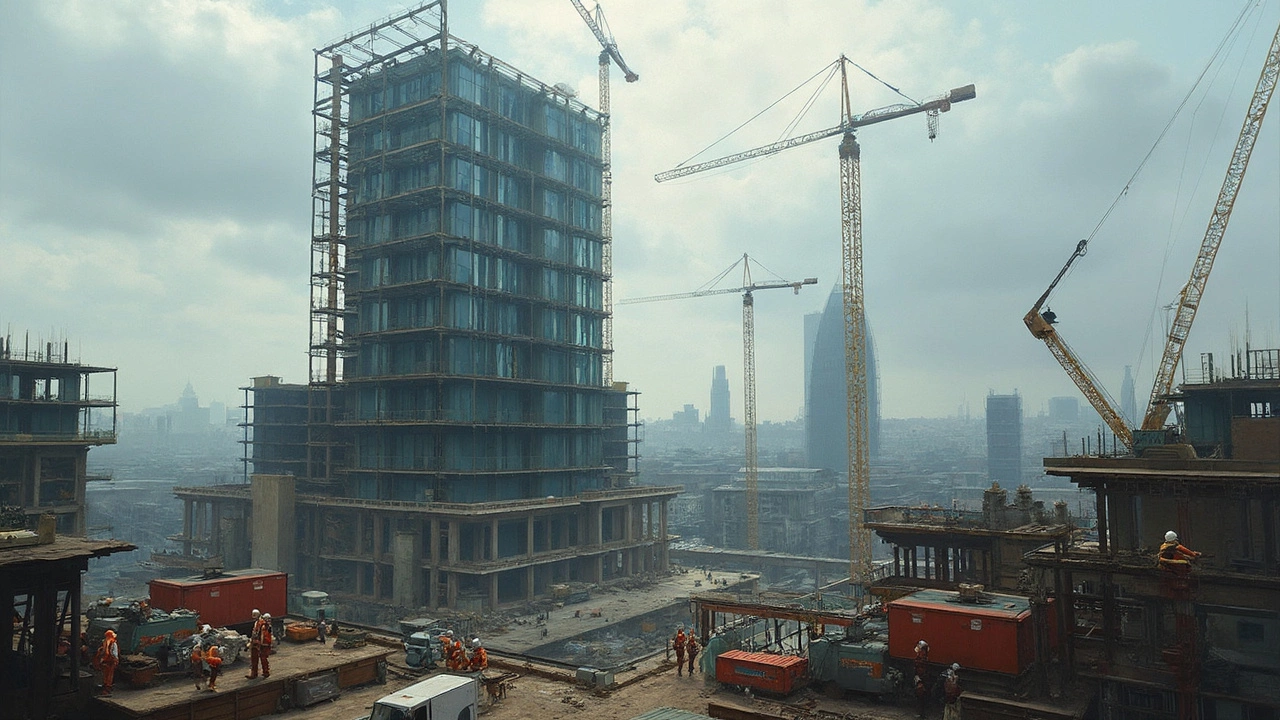
Ever watched a building spring up and thought about what it takes to construct it? The buzz of a commercial site has a pace and complexity that's a world apart from putting up a new house. We're going to dig into what makes these two types of construction so different.
One major thing is the scope and scale. Residential construction usually means working on a smaller, more personal scale, like single-family homes or maybe townhouses. On the flip side, commercial construction deals with bigger buildings for businesses, like offices or shopping centers. Imagine the difference between building a cozy three-bedroom home and a multi-story office building.
- Scope and Scale
- Regulations and Codes
- Materials and Techniques
- Cost and Budget Concerns
- Workforce and Specializations
Scope and Scale
When we talk about the scope and scale of a construction project, we're diving into the size and purpose of the build. For residential construction, it's usually a smaller affair. Think along the lines of single-family homes, apartments, or townhouses. These projects are typically designed with individual needs and comfort in mind. You know, cozy living spaces and personal touches.
In contrast, commercial construction is like seeing a blockbuster movie compared to an indie film. It involves larger and often more complex structures. We're talking high-rise office buildings, malls, or hospitals. These structures are built to serve practical business functions and cater to a large number of people.
Typically, a commercial project will involve a more substantial amount of space and require coordination across multiple teams to handle different parts of the building process. The design phase can be elaborate, involving architects, engineers, and specialists to ensure the building can handle its intended use.
| Type | Average Size |
|---|---|
| Residential | 1,000 - 3,000 sq ft |
| Commercial | 10,000+ sq ft |
Another difference in scope and scale is the timeline. Residential projects might take several months to complete, while commercial ones can span years. This variation is due to the complexity and scale of the infrastructure involved. And, let’s not forget, commercial construction often faces stricter zoning laws and building regulations, which can add to the timeline.
So, in short: building a home is much more about personal space, while commercial construction is about meeting the demands of business and public use on a grander scale.
Regulations and Codes
Jumping right into the heart of construction, let's talk about the maze of regulations and codes that builders have to navigate. It might sound dry, but these rules are what keep our buildings safe and functional. They're the backbone of both commercial construction and home building, but the details vary a lot depending on the project.
When you're dealing with commercial construction, you're not just building for a handful of folks. You're putting together spaces that might see thousands of people walking through every month. This means safety standards and accessibility come into play big time. Think about fire codes, structural integrity, ADA (Americans with Disabilities Act) requirements, and even energy efficiency standards. All these layers of regulation mean you need specialists on your team who know the ins and outs of commercial building laws.
Residential projects, meanwhile, tend to have their own set of guidelines. While still rigorous, they focus more on ensuring the safety and comfort of a family home. Codes might dictate things like bedroom window sizes for emergency escapes, or how the electrical systems should be set up to prevent fires. Although the stakes are high in both types, commercial buildings usually face tougher scrutiny because of the higher human traffic and the often larger scale of the structures.
The process of getting permits can also be a stark contrast. Smaller residential projects might get by with a few weeks of paperwork, whereas commercial projects can face months of back-and-forth with officials. Here's a little-known fact: according to a report by Industry Weekly, the average time for obtaining commercial building permits is up to three times longer than for residential ones.
Want to keep things moving smoothly? Make sure your team includes experts who know how to navigate these regulations efficiently. Understanding the specific codes for your build can save a heap of time and money down the track, avoiding delays and potential redesigns.
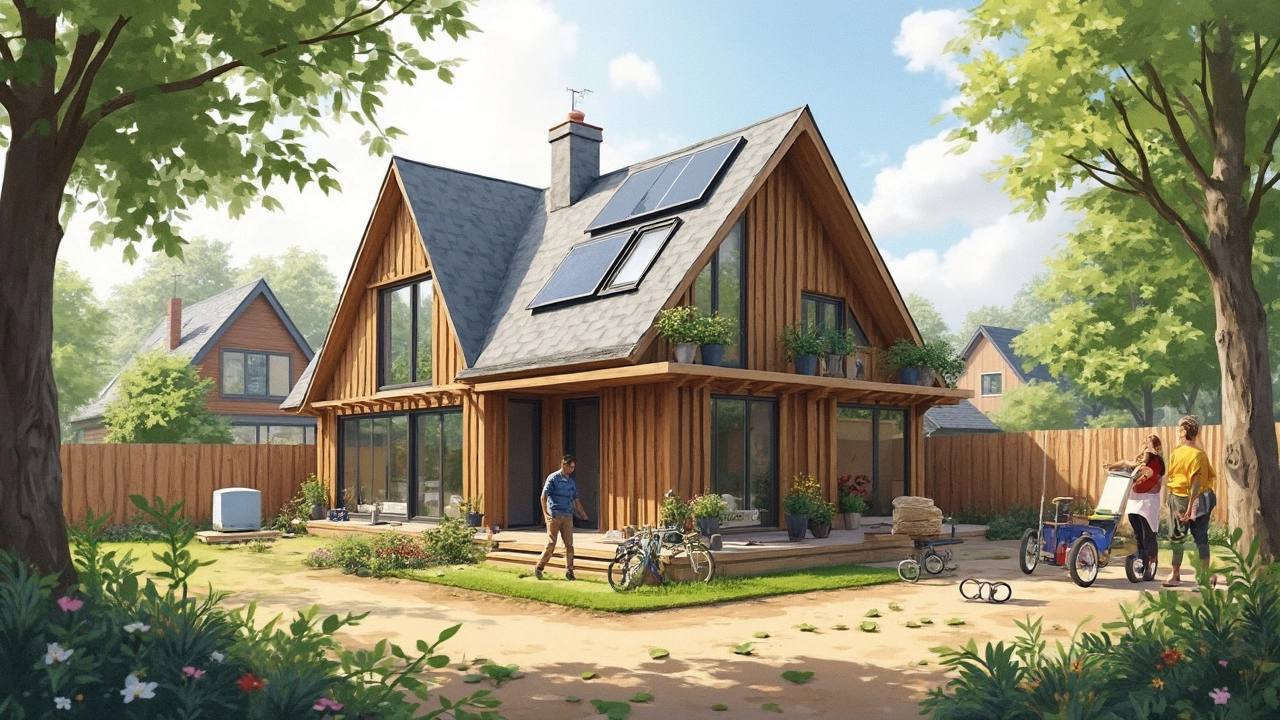
Materials and Techniques
When it comes to commercial construction, the game changes significantly. You're not just choosing materials to match someone's personal taste like you might in residential projects. It's more about durability, efficiency, and safety. Think steel, concrete, and glass. These materials are your best friends when you're planning to build something sturdy that can handle heavy use and last for decades.
On the other hand, residential construction often leans towards wood and brick, which are easier to work with for the unique stresses and designs of homes. It’s all about creating a cozy, inviting space, rather than accommodating hundreds of people every day.
What's interesting is the techniques used. Residential construction might use traditional methods such as stick framing and brick laying. In contrast, commercial projects might involve more modern innovations like prefabricated panels or curtain walls to speed up the process and cut costs.
One trend in both areas is the growing interest in eco-friendly materials. For homes, this might mean using recycled wood or non-toxic paints. Commercially, you’ll see a push for sustainable materials like low-emission concrete and energy-efficient glass. This isn't just about being eco-conscious. These choices can really impact energy costs down the line.
Another big difference? The level of technology used. In commercial settings, you're more likely to see drones and advanced machinery. These help in managing large-scale projects more efficiently. Residential sites, being smaller, might not need these high-tech solutions as much.
Cost and Budget Concerns
Alright, let's talk money. When it comes to commercial construction, costs are a whole different ball game compared to residential projects. We're talking not just a bigger number, but a bigger range of considerations altogether.
First off, commercial projects usually require a hefty budget. You’re not just buying bricks and mortar; think permits, special equipment, and often a whole team of specialists. There's also the cost of ensuring the building meets regulatory standards, which can be more stringent for commercial builds.
Let’s look at a key difference: residential construction typically involves simpler designs and materials. You're looking at things like wall studs and drywall, which are pretty straightforward and don’t break the bank. On the other hand, commercial buildings often use more expensive materials like steel for structural support and advanced HVAC systems, which adds to the cost.
Then there's the timeline. Residential projects might take a few months, but commercial projects can run over a year, depending on size and complexity. This longer timeline means more money spent on labor and potential delays. And if you're thinking about renting out commercial space, remember that any delay in completion can affect revenue projections.
Worried about overspending? It's super common. Budgets in commercial construction are often more fluid, so smart project managers usually factor in a contingency fund. This extra amount, often around 5% to 10% of the initial budget, can catch unexpected costs, like changes in material prices or added design tweaks.
Here's a quick look at how budgets can differ:
| Project Type | Average Cost ($ per square foot) |
|---|---|
| Residential | 100 - 200 |
| Commercial | 150 - 500 |
So, if you’re diving into a commercial project, keep a sharp eye on those finances and be ready for a few twists and turns along the way. It’s all part of the challenge!
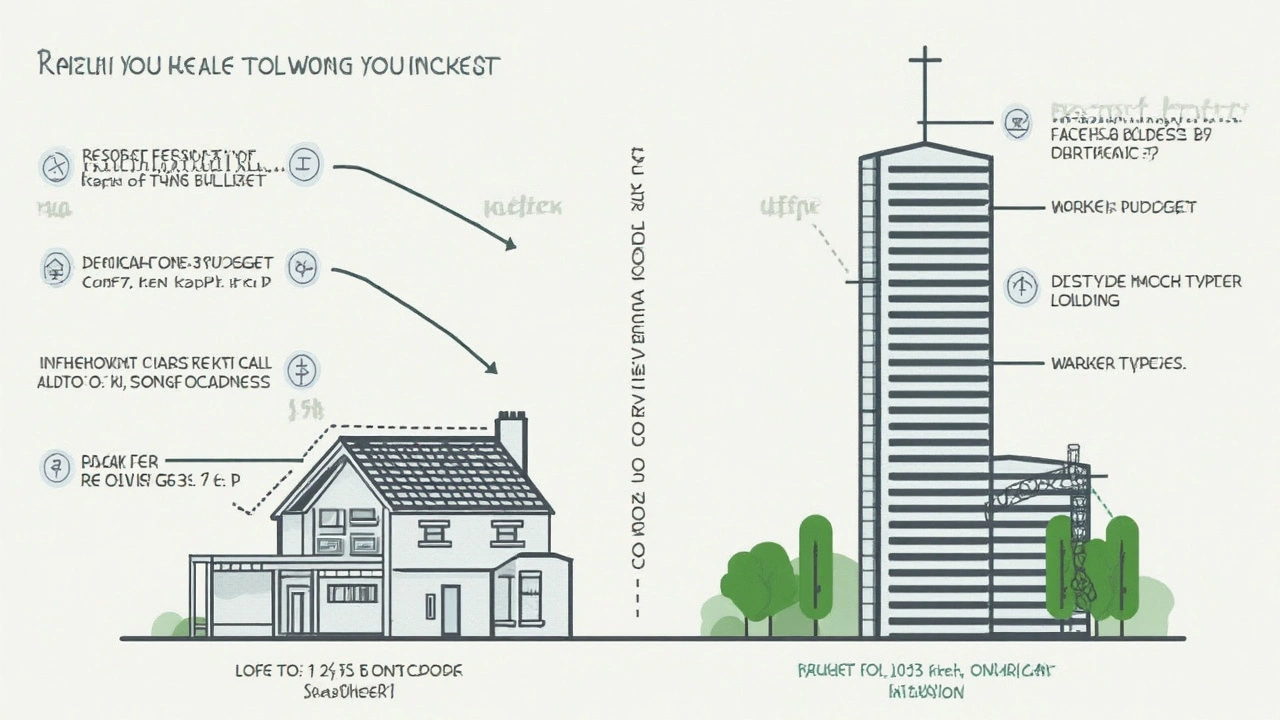
Workforce and Specializations
Now, let's chat about who actually gets these buildings off the ground. When it comes to commercial construction, you've got a whole army of specialized workers on-site. Think project managers, architects, civil engineers, and a variety of skilled tradespeople, all working under one roof—or on their way to building it!
Residential construction teams are usually smaller and often involve a general contractor who manages a more limited crew of workers since the projects are on a more personal scale. Your typical home build might need plumbers and electricians, but perhaps not the full spectrum of specialists required for a high-rise office.
Interestingly, 75% of the workforce in commercial projects in countries like New Zealand consists of skilled trades like concrete workers, HVAC installers, and commercial electricians, who are crucial for these complex builds. Residential projects might lean more on local expertise and family-run businesses, keeping it cozy and community-based.
Now, let's not forget the licensing and experience requirements. Commercial projects often mandate workers to have specific certifications or licenses, because they need to abide by stricter codes and safety regulations. Residential builders might not need all these qualifications, depending on the size and nature of the project.
Here's a quick look at some differences:
- Variety of specialties: More varied roles in commercial for tasks like project management, site safety, and compliance.
- Team size: Larger, more specialized teams in commercial work vs. a smaller, versatile crew in residential builds.
- Certification needs: More stringent in commercial, with many roles requiring formal qualifications and experience.
So, when you're looking at a towering skyline or a quaint little home, remember the diverse workforce that made it possible, and how their skills and specialties suit each kind of construction project.
